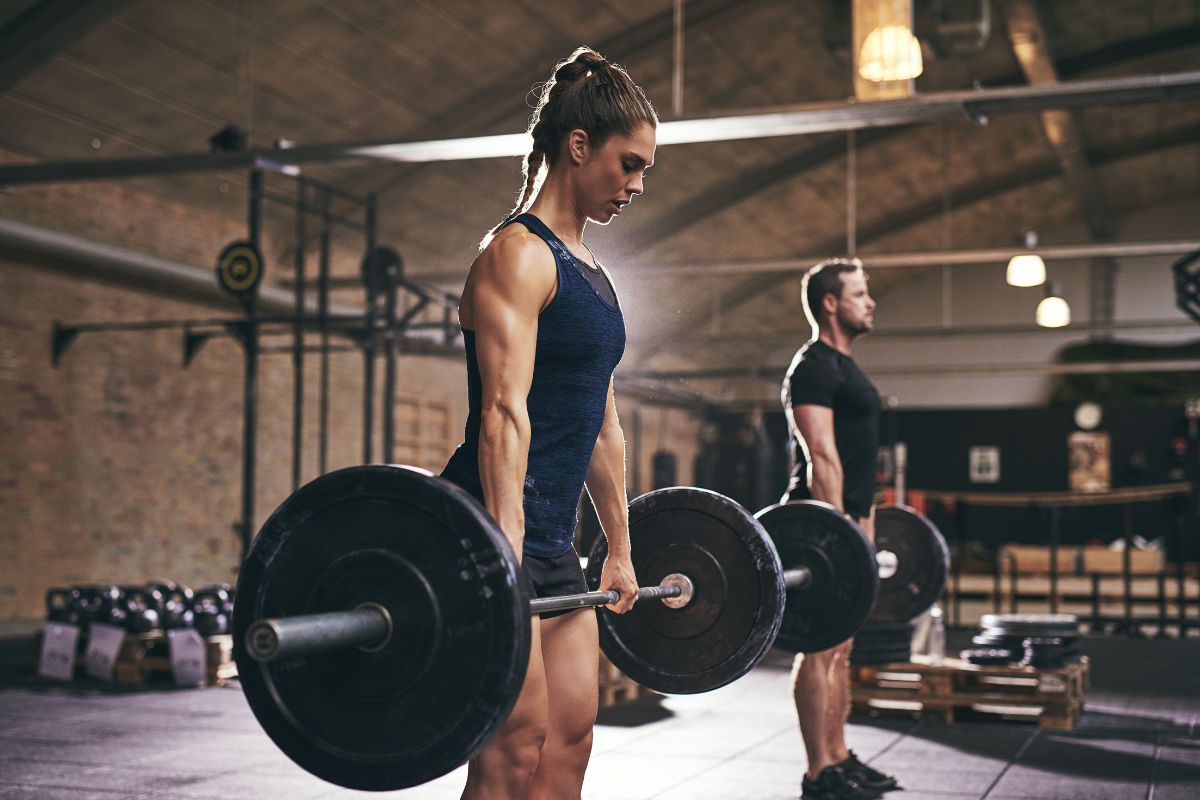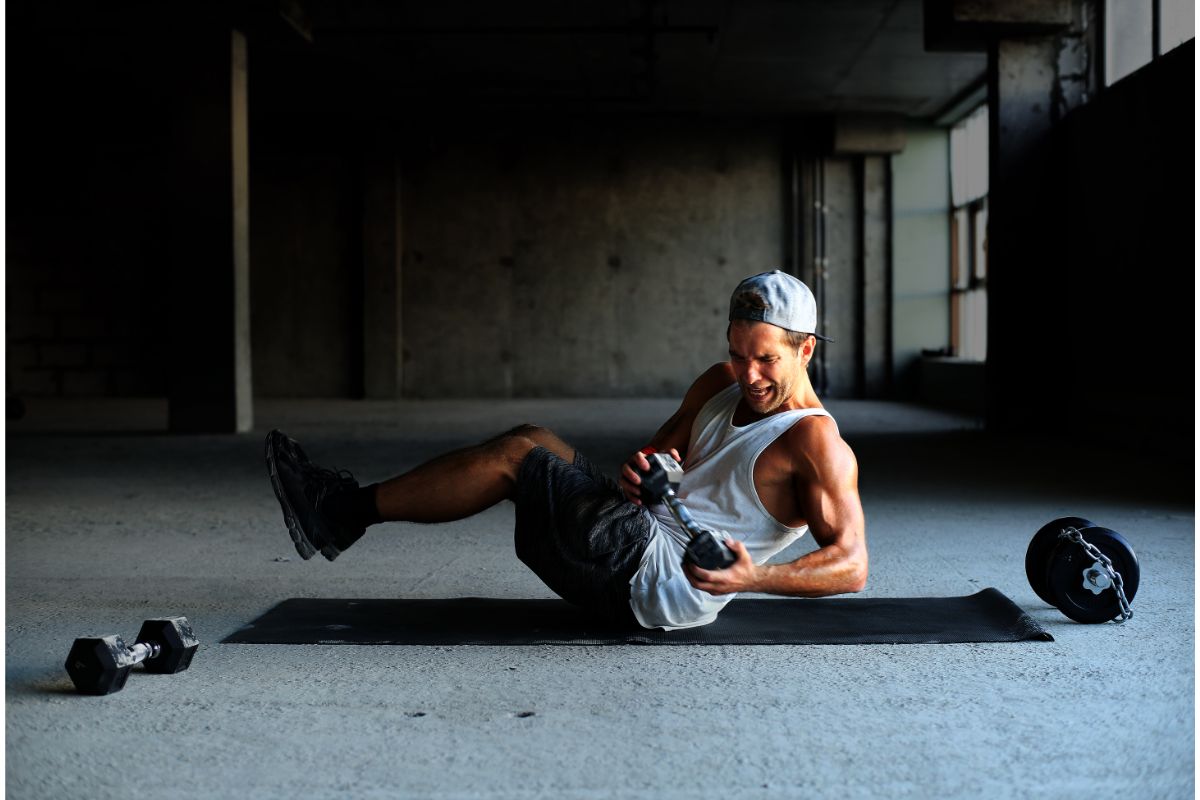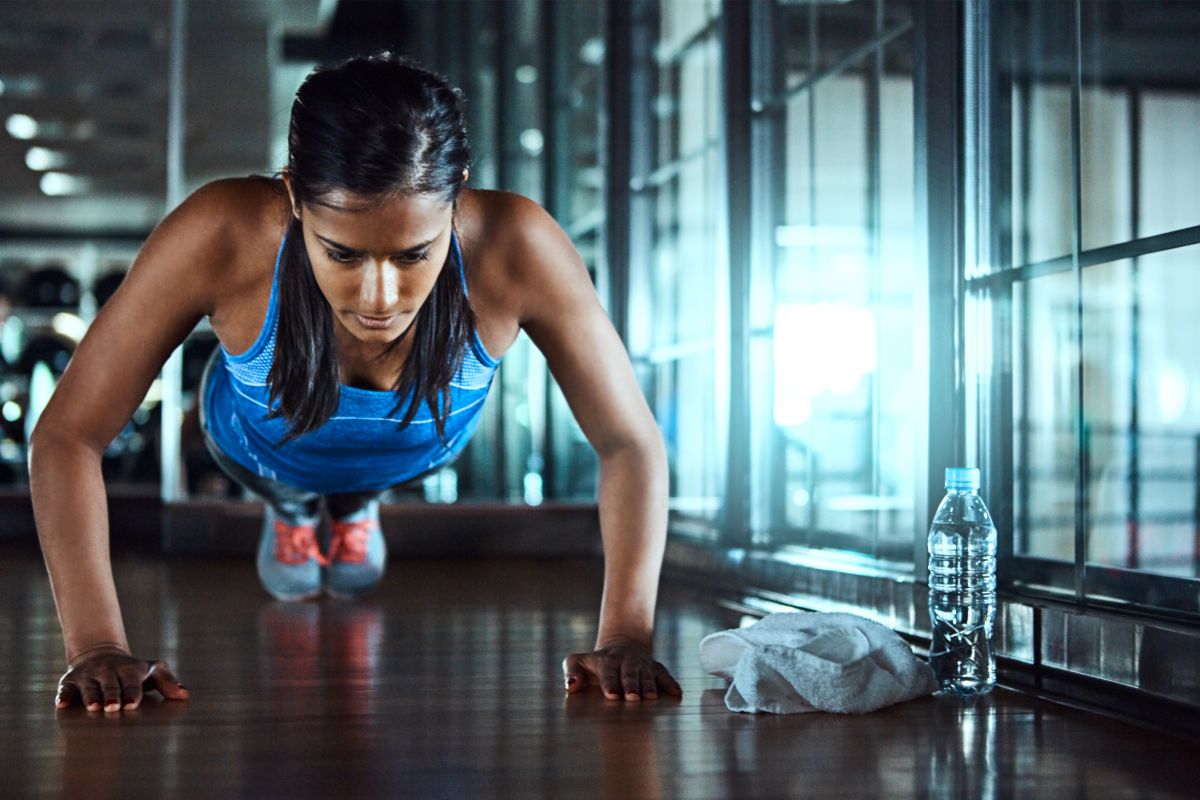Leg strength and muscle development are essential components of strength, power, and fitness training. Strong quadriceps, glutes, and hamstrings improve cardio endurance, sports performance, and overall quality of life, especially as we get older.


While strength training frequently requires external loading and equipment such as dumbbells and barbells, it can also be done using only bodyweight in situations where lifting weights is not recommended.
Benefits Of Building Leg Muscle
Because your leg muscles are among the largest muscle groups in your body, strengthening and building them increases your metabolism, increasing the number of calories burned by your body.
They can also assist you in reducing visceral fat, one of the most dangerous kinds of fat, and can increase your risk of cardiovascular disease.
Leg Workouts
There is no set number of leg exercises at home that should be included in your workout, but between four and seven moves would be a good place to start for a beginner who is working out at home.
Beginners should begin with two sets of 12 to 15 reps for each exercise. From there, you can progress to three sets before moving on to four.
Lunge
Lunges are the most adaptable leg exercise you can perform at home. To spice up your workout, try forward, lateral, walking, or reverse lunges. To target different muscles, you can even change your body position and stride length.
- Begin by placing your feet shoulder-width apart.
- To do the lateral, forward, or reverse lunge, take a step forward, sideways, or backward.
- When your foot touches the ground, make one smooth motion and lower your hips straight down.
- Return to the starting position.
- When doing walking lunges, push with your front leg and bring your back leg forward.
Side Lunge
Side Lunges are a leg workout exercise for advanced athletes. Side Lunges are a lunge variation that works the glutes, quads, and hamstrings while also targeting the outer and inner thighs.
This exercise involves leaning on both sides one after the other, which improves body balance and stability.
- Place your feet about twice your shoulder-width apart.
- Push your hips back and to the left while keeping your right leg straight.
- Next, bend your left knee and lower your body so that your left thigh is parallel to the floor.
- Your feet should always be flat on the floor.
- After two seconds, return to the starting position.
- Finish all reps and switch sides.
Bulgarian Split Squat
The Bulgarian split squat is a unilateral lower body exercise that can be used to activate quadriceps and gluteal muscles, correct muscular imbalances, and improve movement patterning for running, sprinting, and sports.
- Stand two feet in front of a chair or bench.
- Pick up your right foot and place it behind you.
- Keep your feet hip-distance apart.
- Engage your core and keep your chest high and eyes ahead.
- Lower down using your left foot.
- Return to standing using your left foot.
Pistol Squat
Only advanced trainees should attempt the pistol squat. This exercise can be very difficult to complete with good form if you are just getting started. If you have a strong foundation, pistol squats can help you build leg mass, especially if you don’t use weights.
If you are having difficulty getting into the bottom position, you can use your couch as a guide to sit down and provide support.
- Stand with one leg dangling from the side of the elevated surface.
- Squat down with your arms in front of you for balance.
- Make an effort to get your bum to your calves.
- The balance will be difficult to complete, and it will take a lot of practice.
Squat Jump
Squat jumps are an excellent exercise to include in your at-home workouts because they can be performed in a small space and without the use of any equipment. They can be used to supplement cardio workouts with high-intensity intervals.
- Squat with your feet hip-width apart so that your thighs are parallel to the ground.
- Jump as high as you can.
- When you land, bend your knees 45 degrees.
- Pause for one full second in a deep squat position before jumping again.
Yoga Moves For Legs


Yoga uses your body weight as resistance to strengthen and tone your muscles and joint structures.
Standing yoga poses require you to spread your weight across both feet. This puts your feet and leg muscles to the test in order to keep you stable and, most importantly, upright.
This creates tension and resistance, which aid in the development of muscular definition. While also aiding in injury prevention and full-body coordination.
Tree Pose
Balance postures are excellent for developing leg strength. Because this focuses on one leg at a time, you must repeat the pose on alternating standing legs.
Every muscle fiber in the standing leg will be engaged by the constant need to maintain balance in the tree pose. You should be able to feel the heat. If not, try standing on your tiptoes for a second.
- Begin in a neutral standing position with your feet shoulder-width apart.
- Slightly bend your left knee to allow it to support your weight.
- Bring the sole of your right foot to the inside of your left thigh, or, if that’s not possible, to the calf.
Warrior One Pose
This pose is excellent for strengthening the quadriceps, which are located in front of the thighs. It will also stretch your hips for the back leg. Because of the slight internal rotation of the back foot, the warrior one pose will also test your stability.
- Place your feet wide apart.
- Point your right foot to the top of the mat and slightly inward with your left foot.
- Draw your shoulder blades closer to your upper back ribs.
- Maintain a pelvic tilt toward the front edge of your mat.
- Put your weight on your left heel.
- Next, exhale while bending your right knee over your right ankle.
- Reach up with your arms.
- Ground down with your left foot and lift your left thigh.
- Spread your belly button and chest, and lift through your fingertips.
- Tilt your head back gently.
Chair Pose
One of the best poses for building leg muscles is the Chair Pose. The mere thought of sitting on a fictitious chair activates a powerful mind-muscle connection. It allows us to find strength in our bodies, particularly in the hips and thighs, while also working our quads.
- Begin by placing your feet together and your big toes touching.
- Exhale and lift your arms perpendicular to the floor above your head.
- Exhale and bend your knees so that your thighs are as parallel to the floor as possible.
- Your knees will protrude slightly above your feet – keep your weight in your heels.
Summary
Doing the exercises mentioned in this list will prove very effective in gaining leg muscles but if you haven’t already, you should also cater your diet so that it includes foods that are rich in nutrients.
All you need in order to get bigger legs is you! These workouts do not call for any equipment such as resistance bands or weights which makes them accessible for anyone to try.
- How To Start HIIT Workouts [Beginner’s Guide] - May 18, 2023
- How To Sneak A Workout In While Taking Care Of Your Baby - March 17, 2023
- How To Build Your Chest With Dumbbells [Guide] - February 9, 2023








